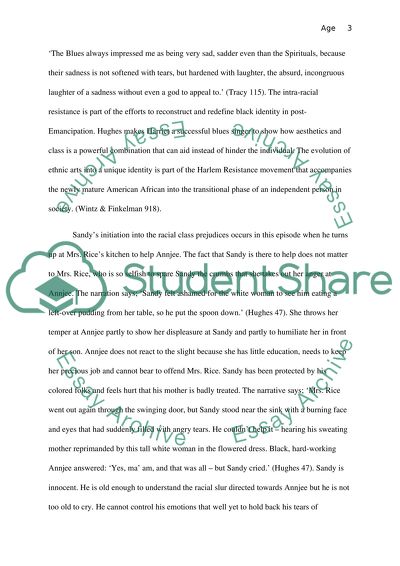Cite this document
(Langston Hughes and his Masterpiece Literature review, n.d.)
Langston Hughes and his Masterpiece Literature review. Retrieved from https://studentshare.org/literature/1513700-langston-hughes-not-without-laughter
Langston Hughes and his Masterpiece Literature review. Retrieved from https://studentshare.org/literature/1513700-langston-hughes-not-without-laughter
(Langston Hughes and His Masterpiece Literature Review)
Langston Hughes and His Masterpiece Literature Review. https://studentshare.org/literature/1513700-langston-hughes-not-without-laughter.
Langston Hughes and His Masterpiece Literature Review. https://studentshare.org/literature/1513700-langston-hughes-not-without-laughter.
“Langston Hughes and His Masterpiece Literature Review”, n.d. https://studentshare.org/literature/1513700-langston-hughes-not-without-laughter.


